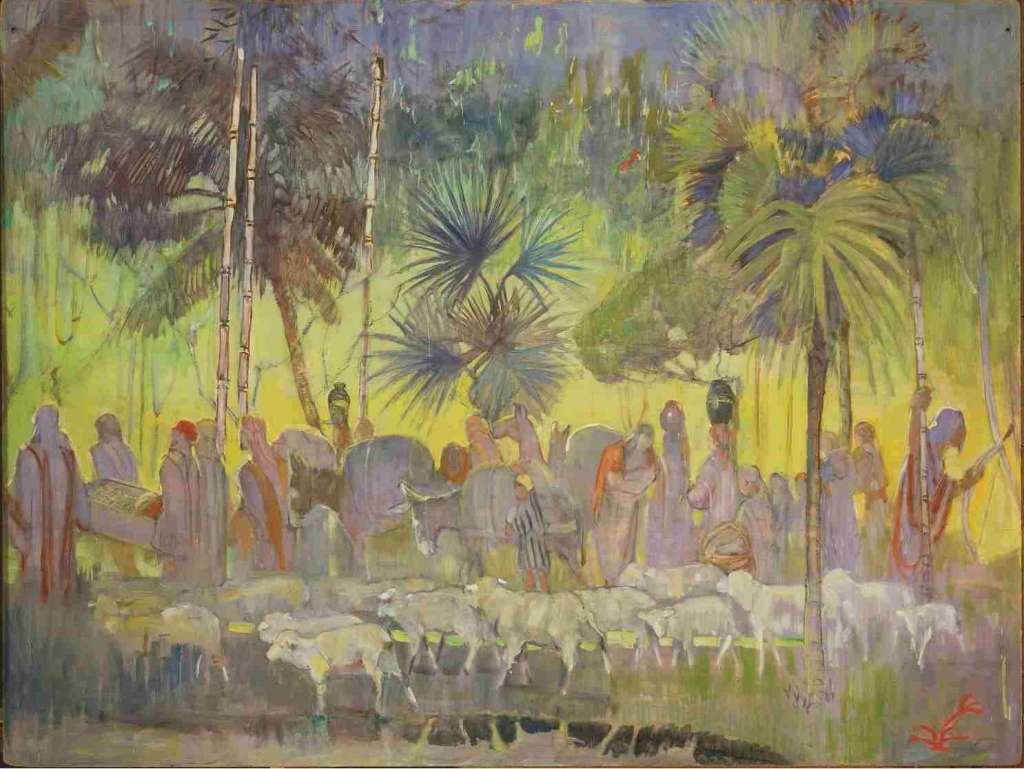
“Ancient Seafaring Technology: A question naturally arises as to whether vessels and nautical skills were available to account for the early voyages. Contrary to the picture we were once taught about ‘primitive’ sailors timidly avoiding the open sea until an intrepid Columbus made a breakthrough, evidence now clearly establishes that sailors long ago ventured widely. As long ago as 50,000 bp (before the present), Australia’s first settlers reached that continent across as much as 95 miles (150 km) of open sea, and the Solomon Islands were populated from 105 miles (170 km) away by 29,000 years ago. Balsa-log rafts (functionally they were steerable “ships,” not what we think of under the term rafts) like the Kon Tiki vessel of Thor Heyerdahl were preceded by early Ecuadoran craft that sailed up and down the Pacific coast of South and Middle America apparently from 2000 BC on. However, they, in turn, were modeled on rafts of unknown age from China and Southeast Asia. Three modern replicas of pre-Columbian rafts constructed in Ecuador in the traditional form were sailed in 1974 as a fleet over 9,000 miles to Australia. Many other craft, some of them remarkably small and ‘primitive,’ have been sailed in modern times across various ocean routes; one veteran small-craft sailor reports that ‘it takes a damned fool to sink a boat on the high seas.’” [Ancient Voyages Across the Ocean to American, From Impossible to Certain, by John L. Sorenson, JBMS 14:1 (2005)]
1,3 the Lord did show me from time to time…great things, but only because Nephi went up the mountain often to pray (see Moses 1:1). Revelation tends to come piecemeal, as we work for it, and as we act on what we have received first. In any event, while God indeed intended to create something unique, His designs for building Nephi’s character were of greater significance than his plans for building his ship.
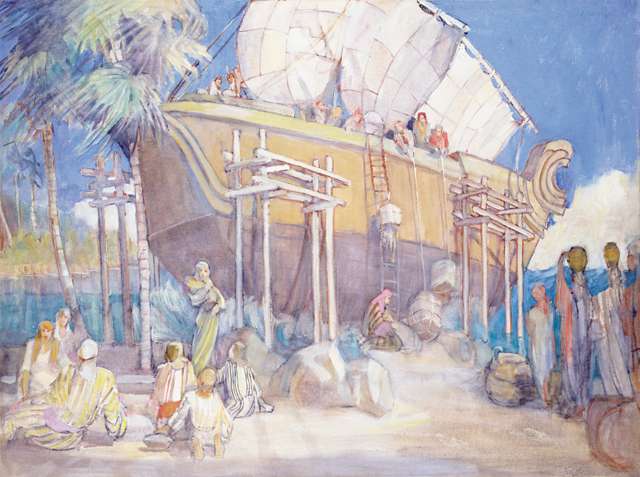
7 my father had begat…Jacob & Joseph, really? Lehi begat? No, Sariah begat. Geez! The Hebrew naming of Jacob and Joseph was probably a result of Lehi’s discovery or reaffirmation of his genealogy (1 Ne 5). Because of the growing family, there were probably 60-80 souls.
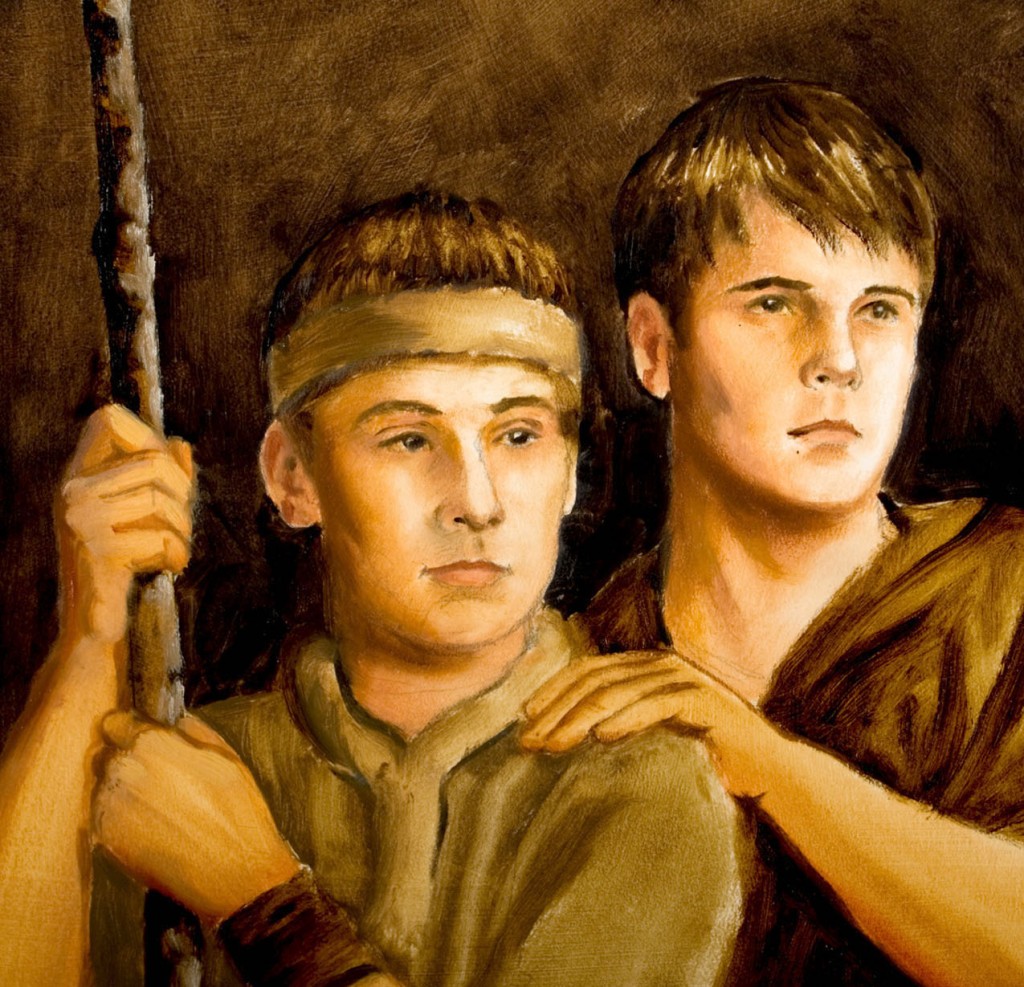
8 driven forth before the wind, being driven before the wind suggests they left during the monsoon season. Normal prevailing winds would blow west, except for during the monsoon season, beginning about August. If they left then, they would be able to catch the eastern winds and also leave after harvest. “There is no data to indicate that the winds and currents vary appreciably at various parts of the coast of Arabia. Departing from any of the candidate areas should allow travel east across the Indian Ocean utilizing the various monsoon winds. In fact, our word monsoon derives from the Arabic mawsim, meaning ‘the date for sailing from one port in order to reach another.’ Mariners have used these winds from the coast of Oman for many thousands of years, making Oman a major center for sea trade extending as far east as China, as well as to the east coast of Africa and Egypt. [In the Footsteps of Lehi, Warren and Michaela Aston].
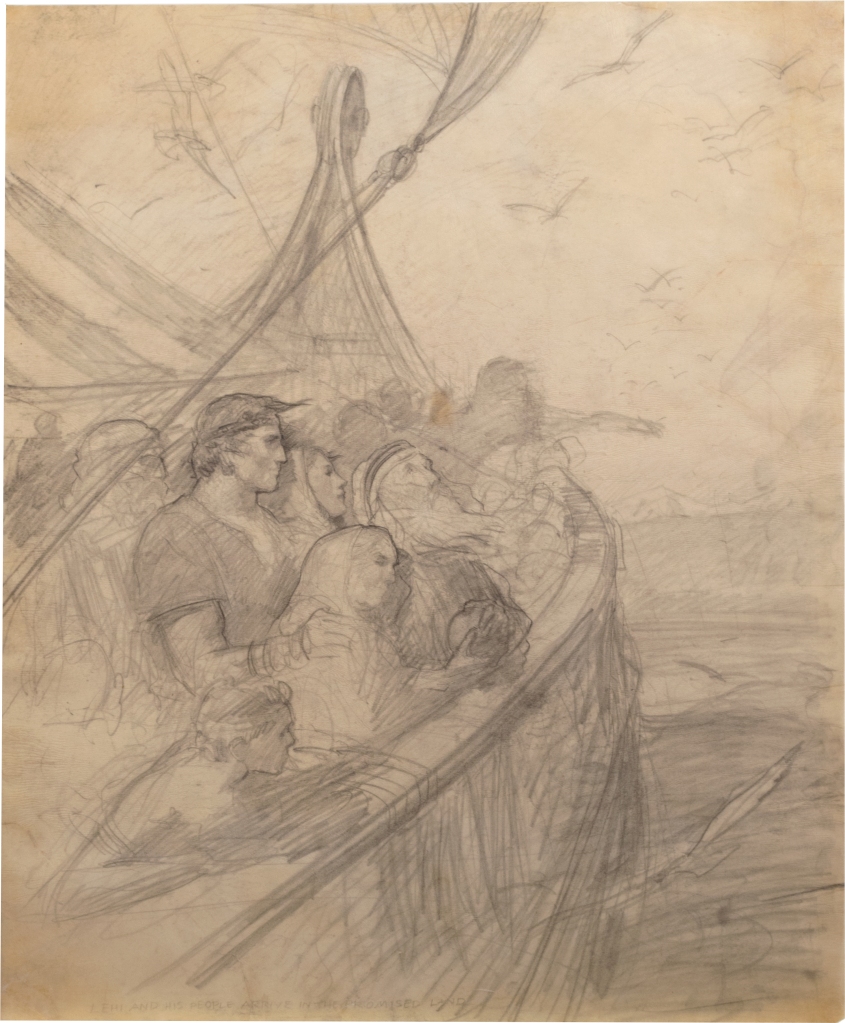
9 rudeness, ‘Rude’ (from the Latin, ‘rudis’) means ‘rough,’ and it is synonomous with ‘barbarous’; ‘vulgar,’ and ‘impudent.’ Compare with the Israelite ‘calf’ incident in Ex 32. For such a storm to come, it was more likely debauchery than just rudeness. What of the Ten Commandments were they breaking? Possibly all of them, but likely (3) God’s name in vain, (4) Sabbath Day, (5) Honor Father & Mother, (6) Murder, at least in their hearts, (7) Adultery, (10) Covetousness, and possibly others.
10 we will not that our younger brother shall be a ruler over us, the irony of the narrative they perpetuate is that Nephi never wanted to be a ruler over them, yet he would become such because of their own immaturity and spiritual underdevelopment (1 Ne 2:21-22).
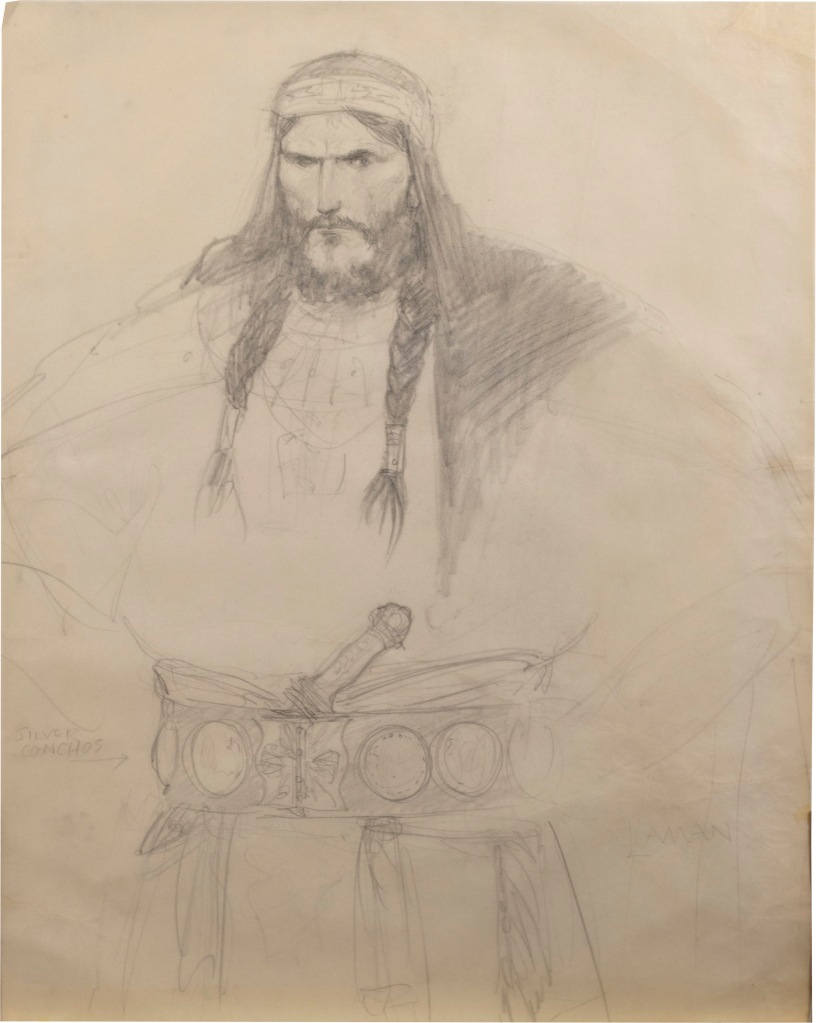
11 treat me with much harshness; nevertheless, the Lord did suffer it, see v15. The principle here about the Lord “suffering it” to show forth his power is interesting. He does the same thing, with far worse consequences, with Abinadi and King Noah, as well as Alma, Amulek, and the people of Ammonihah. Is this why Nephi or someone else does’t fight back, especially if Lehi and Sariah were about to die? Perhaps Nephi himself dissuades others from doing so.
13 a great and terrible tempest, once again, L&L are not good dressage horses. It’s going to take some serious mayhem to get them to stop. The storm amounts to a spiritual sledgehammer. Why couldn’t they see the causal relationship between their behavior and the storm? Do we miss the same clues?
13-15 three days…and on the fourth day, perhaps actual, but at least symbolic as the numbers conjure up in the Hebrew mind a time of trial required for perfection or completion. Three means perfection or resurrection, and four means authority or dominion. Applying those ideas here, they suggest that Nephi’s suffering was perfected after three days, where he could arise from the trial; and four suggests Nephi’s authority and power to calm the storm.
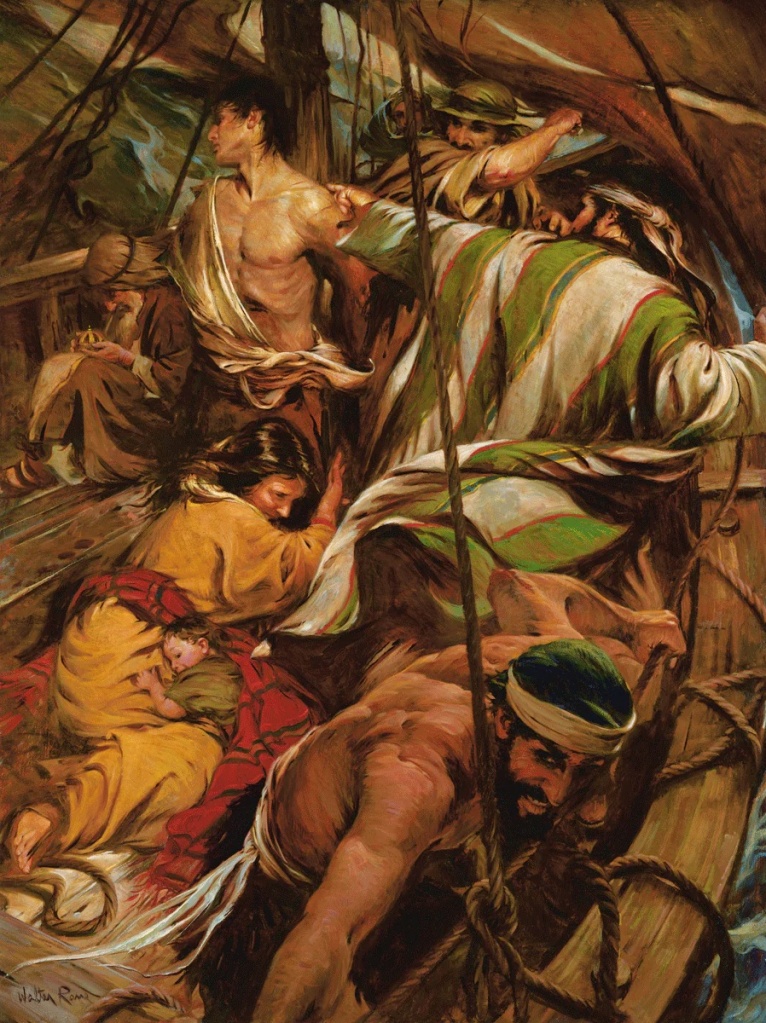
16 I did not murmur, really? I do find this hard to believe. Nephi is telling the story some 20 years later. Then again, maybe my skepticism says more about me than it does Nephi. In any event, if Nephi did actually never complain, he was remarkably long-suffering.
17-18, they were brought near even to be carried out of this time to meet their God, I like the climactic parallelism of this verse—such beautiful poetry!
- they were brought near even to be carried out of this time meet their God;
- yea, their grey hairs were about to be brought down to lie low in the dust;
- yea, even they were near to be cast with sorrow into a watery grave!
19-20 there was nothing save it were the power of God, which threatened them with destruction, could soften their hearts, it’s a sobering verse when we take it personally. Almost as sobering as Mormon’s comment in Helaman 12:3 about the Nephites of that time, “And thus we see that except the Lord doth chasten his people with many afflictions, yea, except he doth visit them with death and with terror, and with famine and with all manner of pestilence, they will not remember him.” As always, thou art the man! What does the Lord have to do with us to get us to remember him? (see also Alma 34:34)
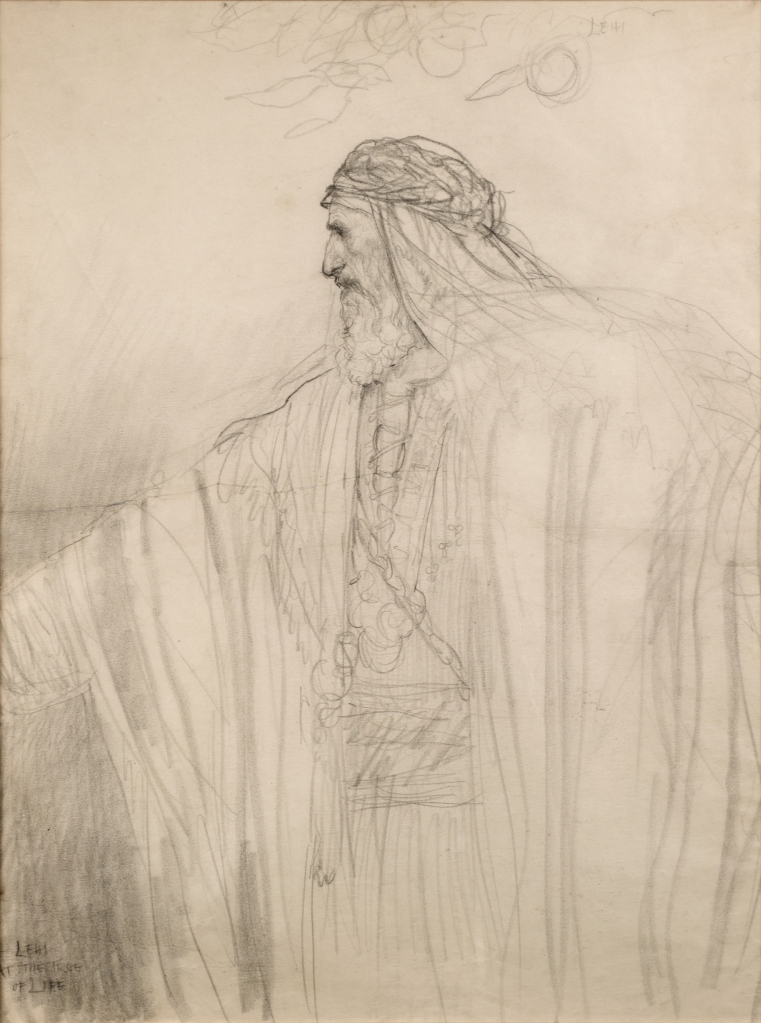
23 after…many days we did arrive at the promise land, how many? A year? Where did they arrive? The most rigorous LDS scholars note that Guatemala’s west coast is the most likely candidate.
24 we began to till the earth, and we began to plant seeds, reminiscent of Eden, a new beginning. They had ample practice – eight years in the wilderness and likely several more in Bountiful.
25 beasts, anachronistic? The cow, ox, horse, and ass have not yet been proven to have existed in the New World. Nephi could have been referring to animals new to his experience, but using names of animals he was familiar with. Other explorers have certainly done the same. Joseph Smith could also have mislabeled with animals he knew. What is most striking, however, about this verse, is what is not mentioned—those who welcomed Lehi and his family upon arrival. It’s clear in the Book of Mormon that Lehi’s family joined the people that were already in the New World, though soon they were all only referred to as Nephites & Lamanites (Jac 1:13-14).

It is sadly ironic that Jerusalem, the promised land the Israelites had struggled so hard to obtain, had become at the time of Lehi analogous to the land of Egypt at the time of the Exodus, and that Lehi and his family were forced to seek a new promised land.
